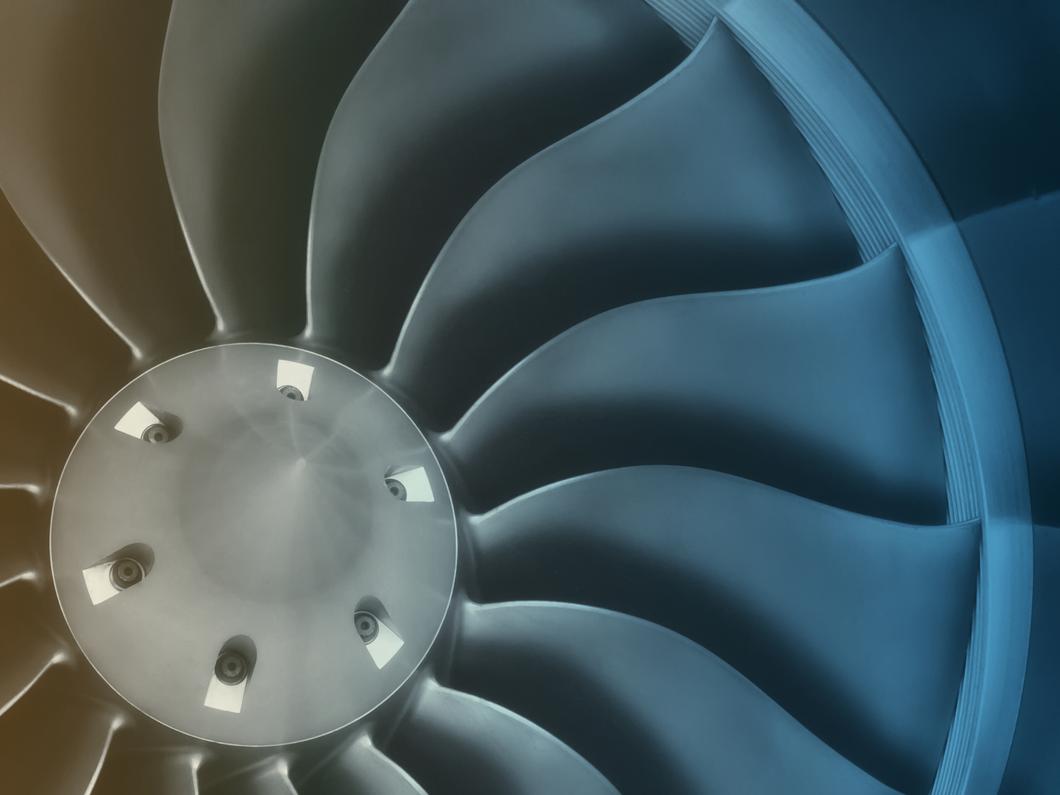A private jet is an expensive asset, no question about it. And there is always charter. So, what is it the owners see that others don’t?

It is curious to think that in just one hour a business valued at $100m will generate more revenue than the same 60 minutes spent on most business jets. On this measure alone, replacing what might otherwise be a two-day trip on commercial flights with two six-hour private jet hops will accelerate business enough to more than amortize the extra expense.
It is curious to think that in just one hour a business valued at $100m will generate more revenue than the same 60 minutes spent on most business jets. On this measure alone, replacing what might otherwise be a two-day trip on commercial flights with two six-hour private jet hops will accelerate business enough to more than amortize the extra expense.
Then there is the security and confidentiality linked to private aviation to consider. Should one be working in the natural resources industry, travel might involve regions where air transportation is scarce, unreliable and potentially unsafe. Meanwhile, the commercial airline, such as the one I’m writing from, can’t offer any form of confidentiality. This prevents executives from using laptops or even discussing important matters, essentially making travel an idle time for any business.
When the parameters above are established, private aviation therefore has unique advantages. But what is the economic rationale? If one needs to fly, then two options exist: rental or ownership.
As with any asset, utilization versus amortization are the primary factors when it comes to the rental versus ownership debate. Let’s use the example of a Dassault Falcon 2000, which is one of the most successful private jet aircraft in Europe. On the charter market, flights would be sold at between €6,000 and €7,000 per hour which, once multiplied by enough hours (circa 400 hours), is equivalent to the annual operating cost of the same aircraft, excluding depreciation. Therefore, the cost of operating such a plane annually would reach approximately €2.5-3 million, assuming the average business jet utilization of 500 hours.
On this assumption, the hourly cost to own would become €5,000-6,000 per hour, hence cheaper than the same aircraft on the charter market. However, flying the average 500 hours per year is a very high target for a single owner, but there is a solution: chartering out the plane.
Assuming 150 hours of personal utilization and 300 hours of third-party charter, a jet the size of a Falcon 2000 would require €1.5 million in fixed costs (crews, planned maintenance, etc.). The variable cost of a flight would be in the range of €3,500 euros per hour for which the third-party client would pay €7,000. Based on the above, the charter activity would generate a €1.05 million contribution to fixed costs. The variable costs of the owners’ hours at €3,500 euros, plus the amortization of the remaining fixed costs at €450,000 would result in an effective hourly cost of €6,500. This is identical to the charter.
In Favour of Ownership
Then why, one might ask, would someone wish to own a plane if the costs level out? Once again, convenience and flexibility are the answer. Charter, regardless of the way it is structured will only give limited flexibility when compared to ownership. First of all, no operator would fly without being paid upfront. This therefore requires planning or the immobilization of large upfront sums of money with operators or brokers. Even with these measures, lead time for payments would be required and would prevent, in most of cases, real last-minute trips. Cancelation fees will also apply.
One alternative is block charter or shared ownership. However, these suppliers will transfer to their clients the real costs of the increased flexibility. There are also contractual limitations to accommodate peak periods etc. Lastly, when booking a charter flight, 90 percent of the time the charter client will pay for the positioning of the aircraft before and/or after a flight. So, a charter client often ends up paying up to two hours per occupied hour flown. This last fact biases the previous calculation in favour of ownership. In some specific circumstances, doubling the hours in this way can even offset the amortization of some second-hand business jets, making ownership truly cheaper than a rental.
Taking advice
So, the essential question is why pay the same, or more for less value? What is it that owners see that renters may be missing? In our experience, owners know the market is volatile. They understand it’s complex and that not all aircraft or operators are able to deliver the same level of savings. They have taken advice and gained experience.
Therefore, before entering the aircraft ownership market, it is key that buyers gather specialist insight from the experts who can direct them to the most efficient jets for their specific needs.
They can also consult technical and commercial subject-matter specialists and progress to tax, law and ownership structure experts through the acquisition process. The merits of ownership are then crystal clear - and their new private jet can deliver on its extraordinary promise.
See the PDF of the article from "The Gateway" / Harrods Aviation from Q2/2022 here:

